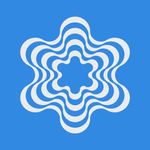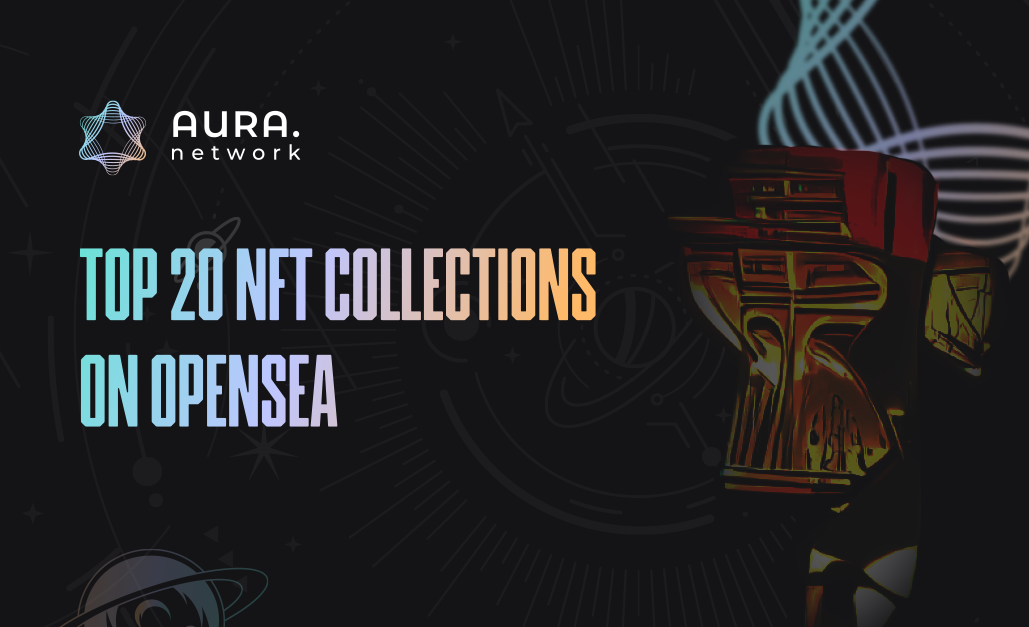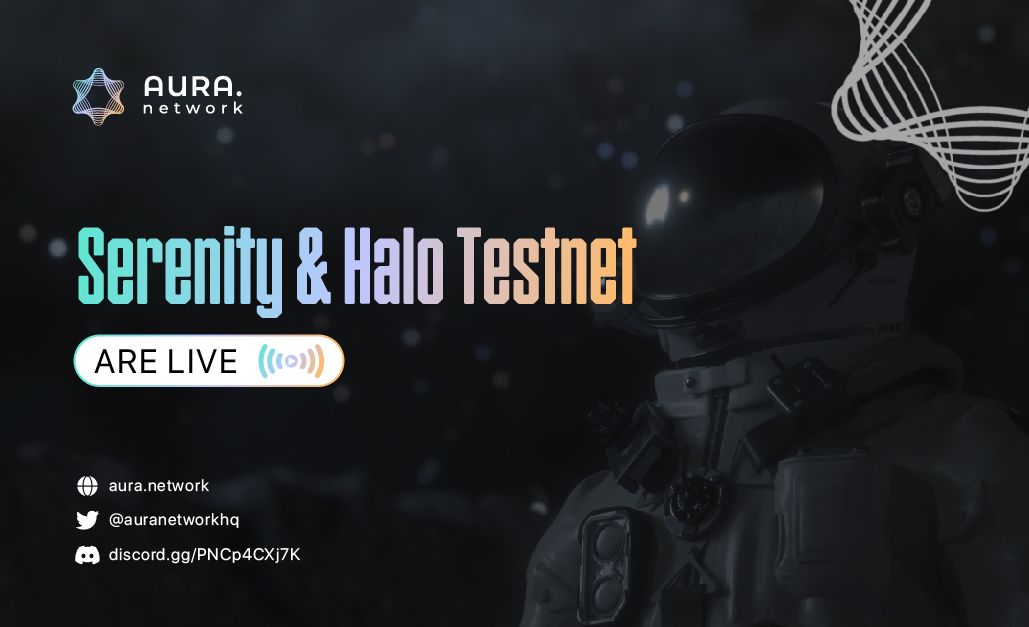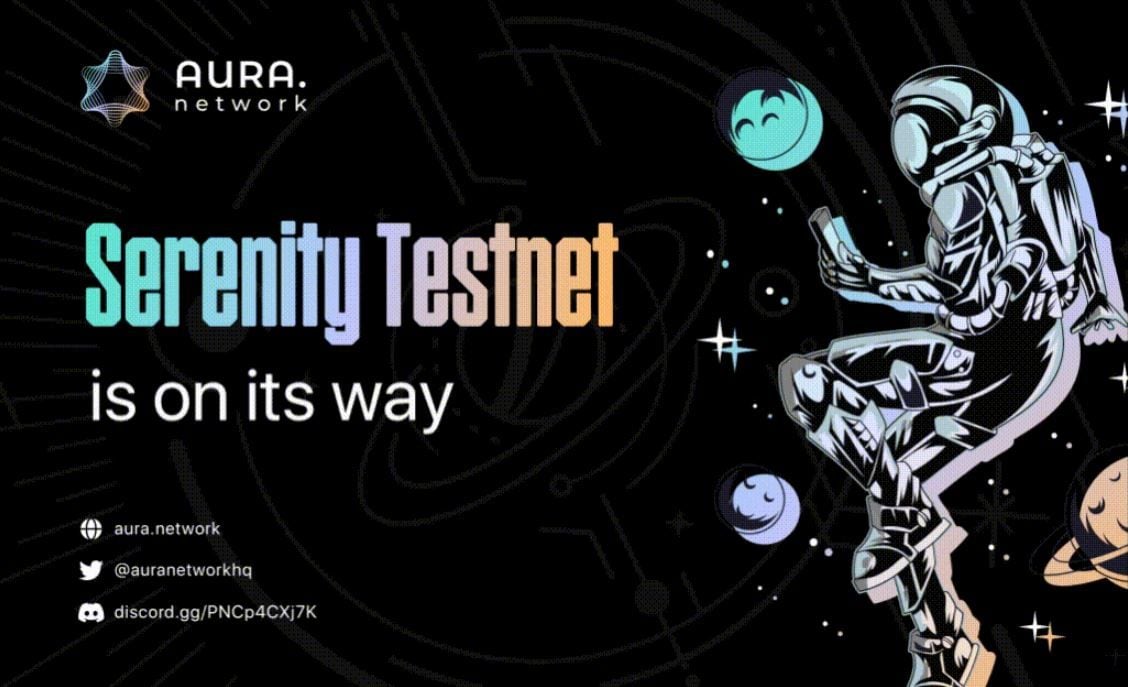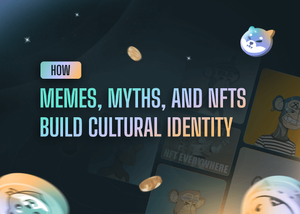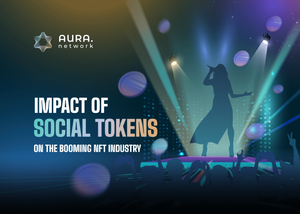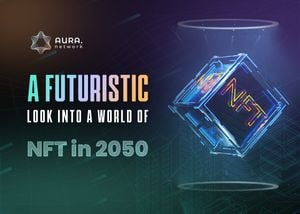Quick recap on NFT market
The NFT market is merely a few years old, yet it has attracted billions of investments. The trade volume of NFTs in 2021 was $24.9 billion, according to DappRadar. That’s up from $95 million in 2020. However, while some NFTs cost millions, many others cost nothing. The Merge is the most expensive NFT at the time, and it is worth $91.8M. On the other hand, the average price ranges from $2000 to $6900. These few statistics reveal the wilderness of the NFT market.
To shed light on the NFT market, we study the top 20 NFT collections by trading volume on OpenSea. We categorize collections into five types: Avatar-like pictures, Artwork, Games, Equipment for Avatar, and Land. While there are thousands of collections in OpenSea at the time of this writing (15th April 2022). We pick up these 20 collections and attempt to find the general patterns of why they are popular. Our analysis ignores the time dimension (that is, some collections are released earlier than others, and some historical values are embedded in them).
We calculate the share of each collection as a percentage of the total top-20 trading volume and study the price dispersion of different NFTs within the same collection.
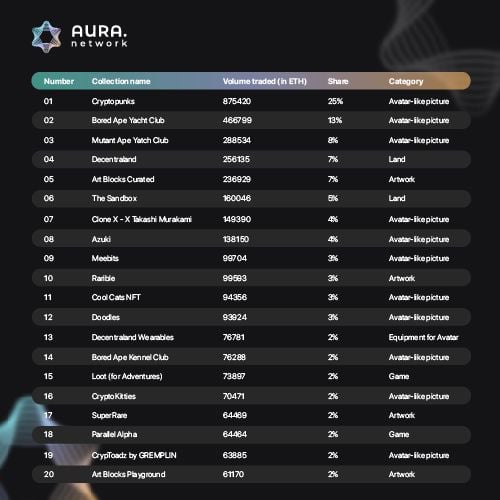
Some of our findings:
NFT for Avatar-like pictures
Accounts for most of the volume traded among the top 20 collections, amounting to 58%. The theme of each collection surrounds some animals (Ape, Cat, Dog, Frog etc), humans (CryptoPunk, Azuki), or human-like figures (Meebit). These collections always share some similarities:
- The supply is limited. For example, Bored Ape Yacht Club. CryptoPunk and Azuki have 10000 NFT each. Meebits has 20000.
- Ownership comes with perks. Each collection offers a variety of perks for owners. These perks are either communicated and informed to owners at release, or come with surprises down the road. For example owners of BAYC recently got an airdrop of ApeCoin tokens. Owners of CryptoPunk get a pair of NFT and physical sneakers uniquely designed for each Punk.
- Pictures are generated with some randomness. Each picture is randomly generated with a list of a dozen attributes. For example, the figure in each Punk can be a zombie, alien, human etc. The randomness implies that each picture is unique, and some combinations of attributes that are highly sought-after can be very rare.
- The price is not widely dispersed. The prices are not too dispersed across each NFT in each collection, despite having thousands of NFTs. This fact is remarkable because if some combinations of attributes are more visually appealing or more sought-after, they should be much more valuable than others. Apparently, it is not the case for this class of NFT.
NFT for Artwork
Often time generative Art, accounts for a small share of top 20 collections. Generative Art is a process of algorithmically generating new ideas, forms, shapes, colors or patterns. First, you create rules that provide boundaries for the creation process. Then a computer follows those rules to produce new works on your behalf. The artwork listed on OpenSea is either static or short motion pictures, with the former being more common than the latter.
In contrast to Avatar-like pictures, the price among NFTs for Artwork is greatly dispersed, with some being as cheap as a few dollars, whereas others are worth million dollars. Similar to traditional arts, factors contributing to the value of NFT include the fame of artists and the quality of pictures.
NFT for Land
Accounts for a good 12% share in the list. The two most popular platforms selling NFT lands are Decentraland and Sandbox. The platforms are the game themselves, which means that players can enter the world to interact with other players, do quests, and participate in activities, just like many other MMORPG games. Arguably, Decentraland and Sandbox are quite similar to Minecraft. The main difference is that they are blockchain-based.
Land is supplied in limited quantities, which is predetermined by each blockchain protocol. Players can buy a piece of land for investment purposes or enjoy the perks of owning land in virtual worlds. These perks include building the virtual house on the land, displaying their NFTs in the favorite corner, creating the mini-games inside the property etc.
NFT for Game
The year 2020 and 2021 see explosive growth in the market for GameFi. GameFi is a combination of gaming and decentralized finance (DeFi) and describes the integration of blockchain applications in the gaming sector for monetization purposes. Axie Infinity, a pioneer in this market, saw an increase in active users from a few thousand per day to more than 3 million per day by December 2021. The token price (AXS) went from under $10 to over $160 in 2021. Naturally, NFT for Game rides this wave, with two collections entering our list. NFT for Game is an essential item in the game, and its value follows the law of demand and supply.
Wrap it up
We want to conclude that replicating the shared features outlined above does not necessarily result in a valuable NFT collection (in fact, many people have been trying to mimic the success of CryptoPunk). Other factors need to be considered, such as the fame of creators, community, timestamp, etc.


